A day in Venice: What to see
Hi, everyone!
Today I want to talk to you about my quick trip to Venice. I went last year, whilst I was on an Erasmus year abroad in Pula, so Venice wasn't very far away at all. You can get there by car in just a little over three and a half hours. However, whenever I've gone to Venice, I've always taken the bus because parking a car around this city can be an ordeal. Plus, it's not really worth it considering you have to pay for the parking, so it's practically useless for getting around the city.
The bus from Pula to Venice costs about 25 euros (sometimes less, depending on the date and time). The journey takes around 5 or 6 hours. The only downside is that the journey ends in Mestre, so you need to catch a sort of metro to get into the city.
The two times I've been to Venice, it's been a stop-off on my way to another destination like Prague or Malta, since Pula airport is very small and only offers a few destinations. So, we made the most out of the journey from Pula to the airport and stopped off to visit the city.
This is also the reason why, even though I've been there twice, each visit has only been a day long. I definitely recommend spending at least one or two days more there, there's a lot more there than I had a chance to see. As you'd expect, there are quite a few tourists who also decide to only spend a few days there so they can make the most of the rest of their trip and visit other unmissable Italian cities, such as Florence or Rome. The most important thing is to organise yourself well so you can visit as much of the city as possible in the short amount of time you have available.

Another piece of advice is to visit Venice at any time of the year that isn't between June and September, or during Easter or other busy times of the year. I didn't go at this time of year, but even still, the amount of tourists was overwhelming. During my first visit it was somewhat quieter, although the city was still quite busy. On my second visit however, it became quite overwhelming and what should have been a magical visit to the dream city of Venice became a nightmare. We even ended up leaving our apartment early.
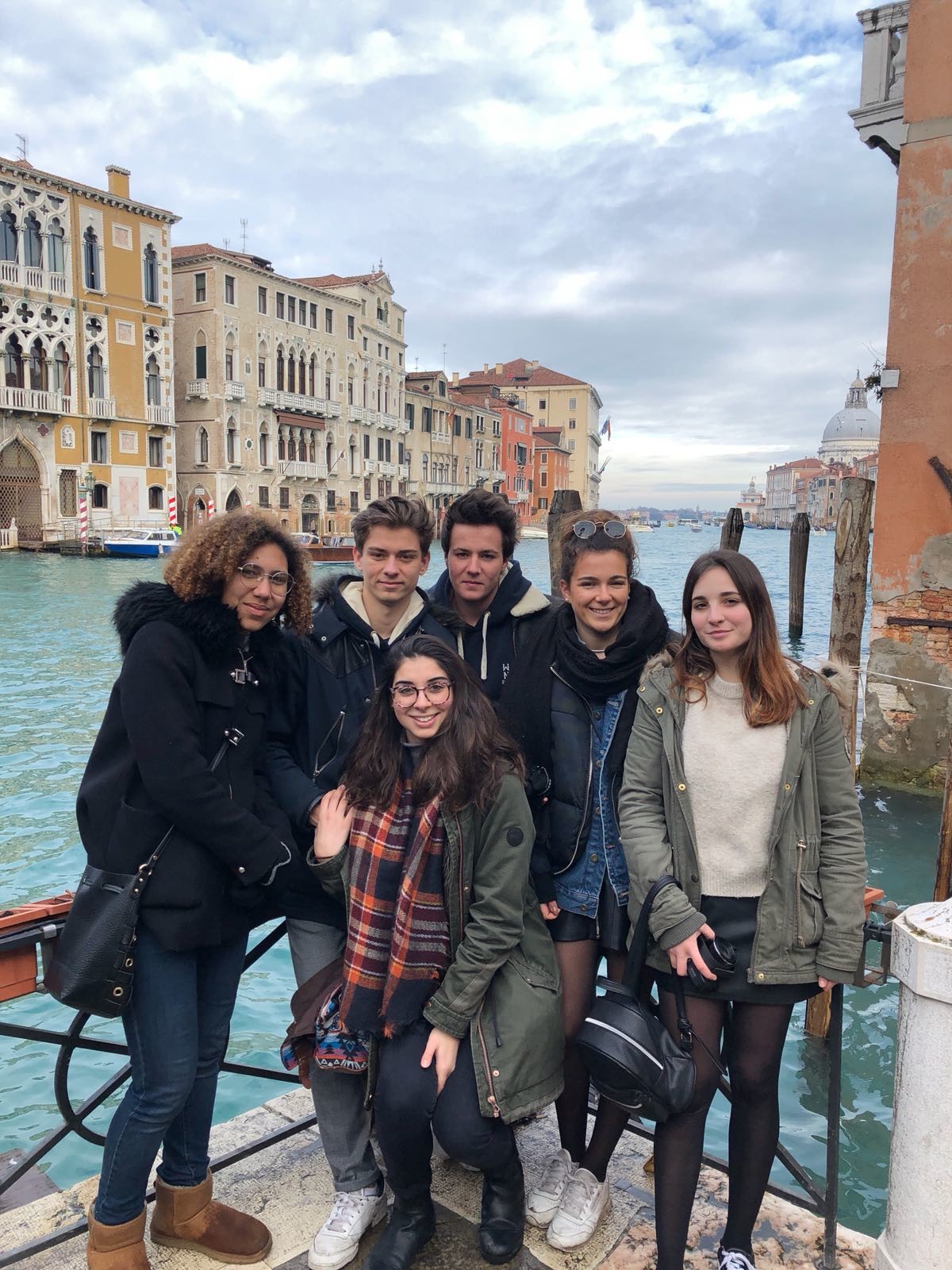
Another important date is carnaval. Who hasn't dreamed of enjoying the carnival in Venice? We considered going, however we soon realised that it's impossible to find accommodation in the city unless you book months, even a year, in advance. Well, unless you can sort the money out, then you'll probably end up finding a something, too.
As I was saying, I want to talk to you about this city and tell you about the places I've visited and the things I think everyone should visit.
Venice is unique with its canals, bridges, unique and colourful buildings and its gondolas.
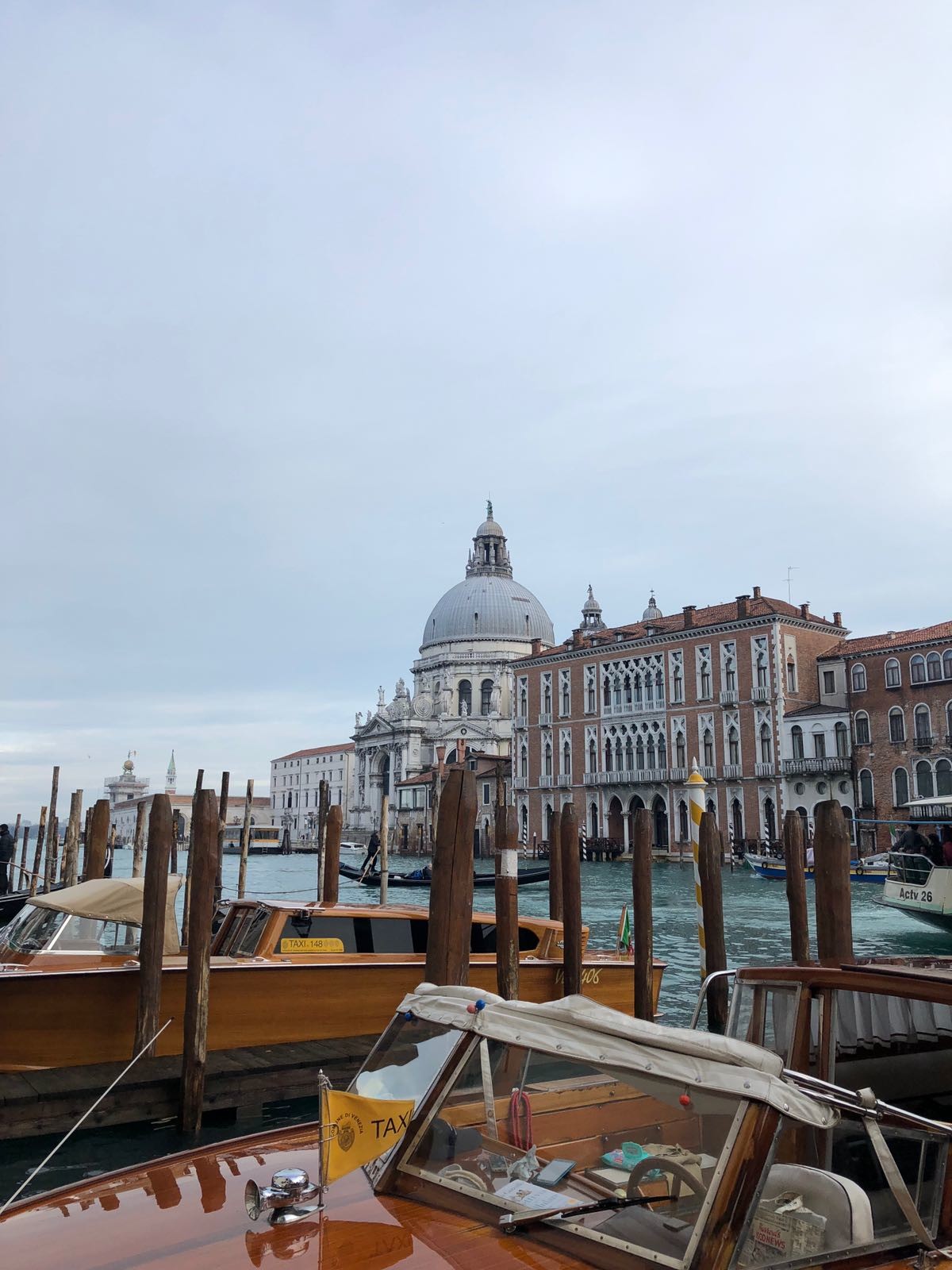
The best thing to do before you visit Venice is to prepare yourself for all the walking and above all, getting lost in its streets. Maps or GPS on your mobile will be of little use to you, and you'll still get lost and end up in dead-end streets more than once. But at the end of the day, wandering around aimlessly is one of the best things about this city. That was more or less what we did and we ended up discovering the city's main attractions little by little and being in awe of them. We also ended up walking down lesser-known streets.
We arrived at Venecia Santa Lucia station quite late, it was almost the middle of the night. We had two options, we could either catch a boat to get to our apartment (which was quite far away) or walk there. We were quite keen to go and visit the city by night, even after six hours of bus travel. The first thing we did was cross the barefoot Bridge and, after a little more walking, the Rialto Bridge. And honestly, even though we were tired and loaded with all our bags, we were amazed by the views of the illuminated city.
Even so, I have to say that the next day was even more pleasantly surprising, because in my opinion, the city is better by day as the light allows you to admire every corner of the city and enjoy the colour of the buildings and the water flowing through the canals.
The Grand Canal
Of course, the biggest canal in Venice had to be top of the list. It's 4 kilometers long and the best way to view it is from one of the many bridges in the area.
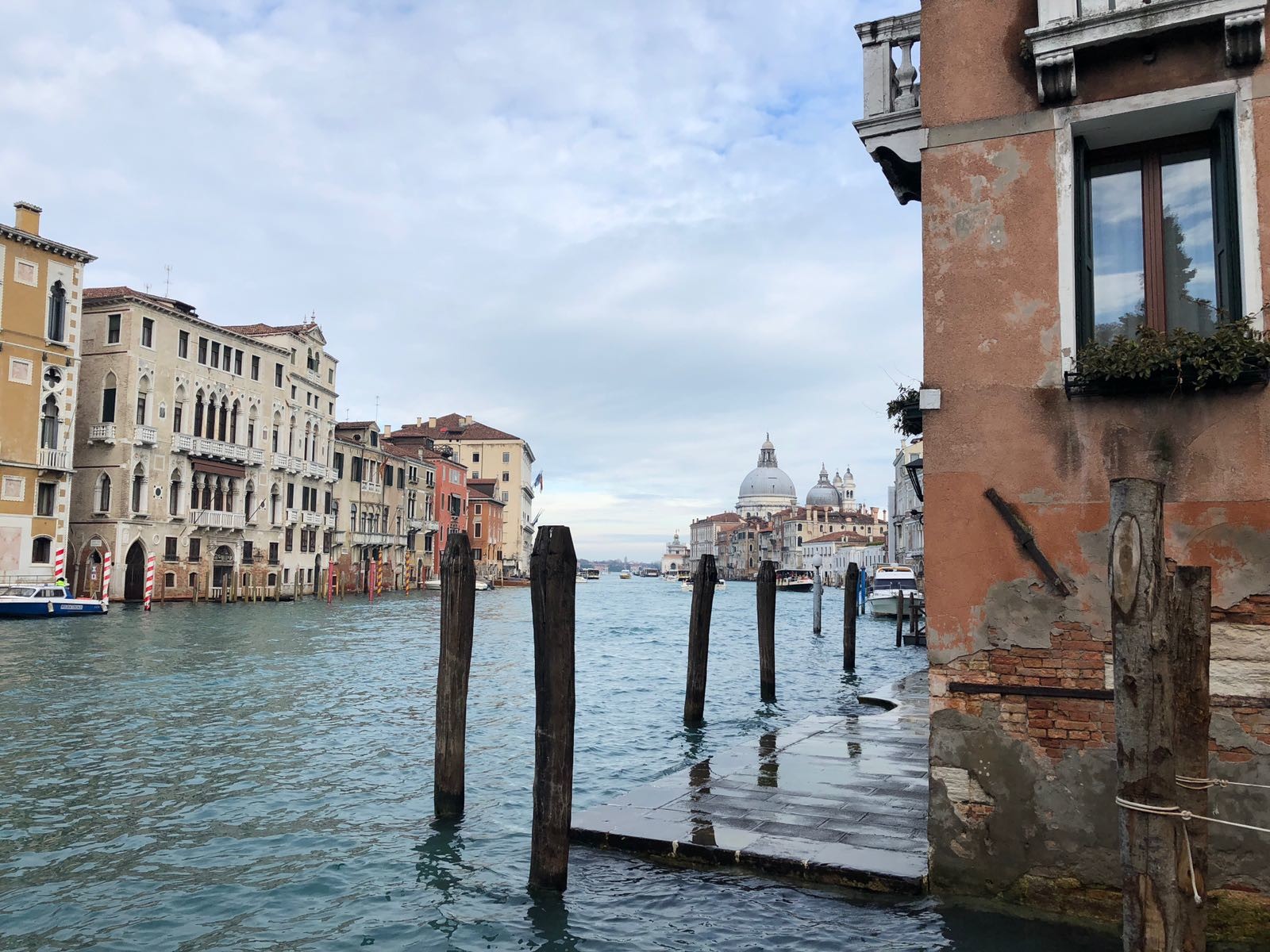
Others choose to travel by vaporetto, a waterbus, from Piazzale Roma to Piazza San Marcos. And for those who also want to travel by water but without spending loads of money, you can opt for the traggetto. On the other hand, the most expensive and most special option is to travel along the canal by gondola. However, a 30 or 40 minute trip will cost you 80 euros at least, it's a luxury at the end of the day.
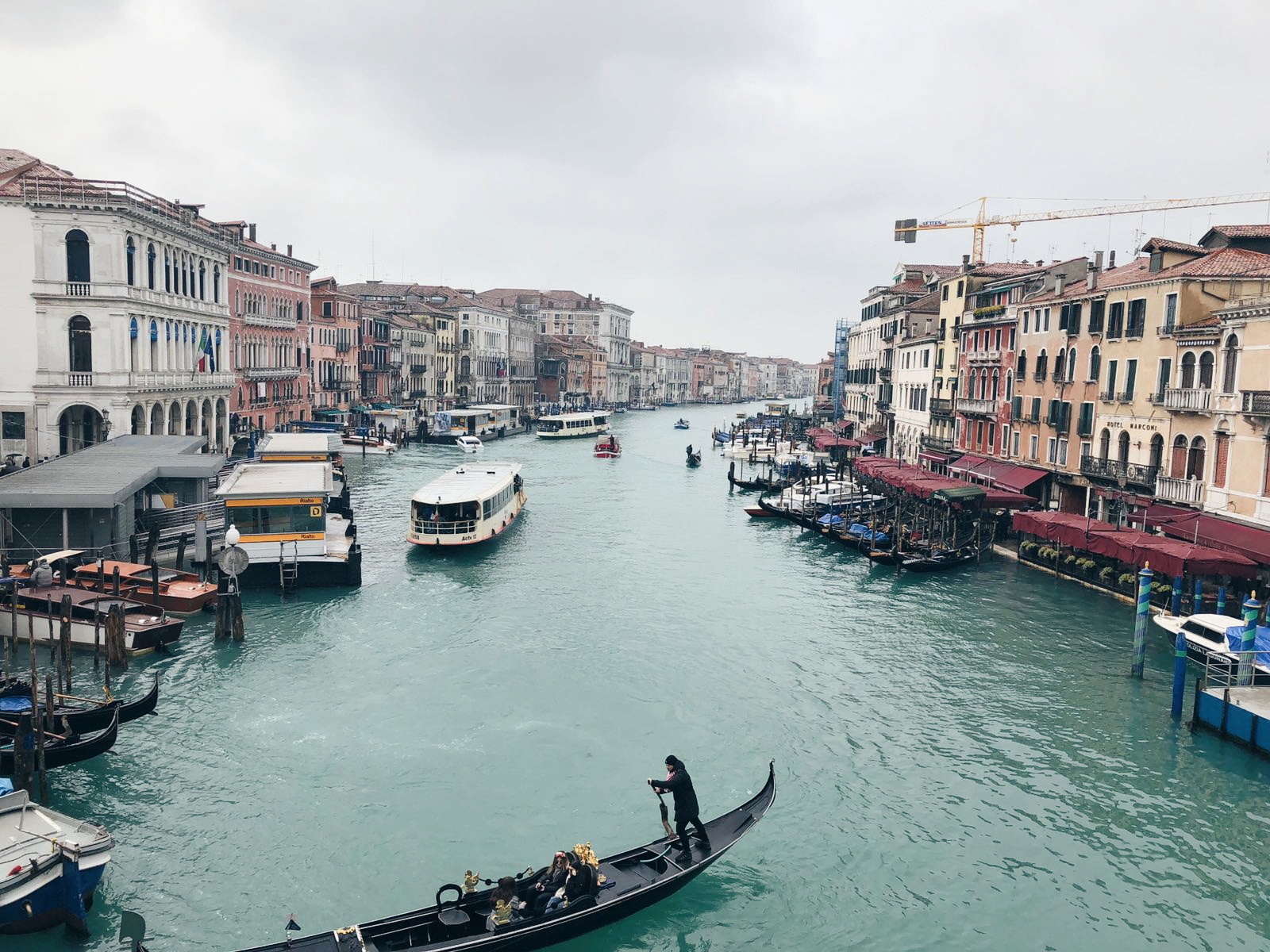
It's the city's main road, so to speak. In fact, somehow it divides into two large parts. The palaces you can see on its banks will amaze anyone.
Rialto Bridge
This is the first bridge to cross the Grand Canal and is one of the most famous in the city. You'll notice it as soon as you get close because it's always full of people taking pictures as this is where you get the best views of the Grand Canal.
Built between 1588 and 1591, it's the oldest of all the bridges that cross the Grand Canal. Until the 19th century, it was the only one that allowed people to walked across the canal.
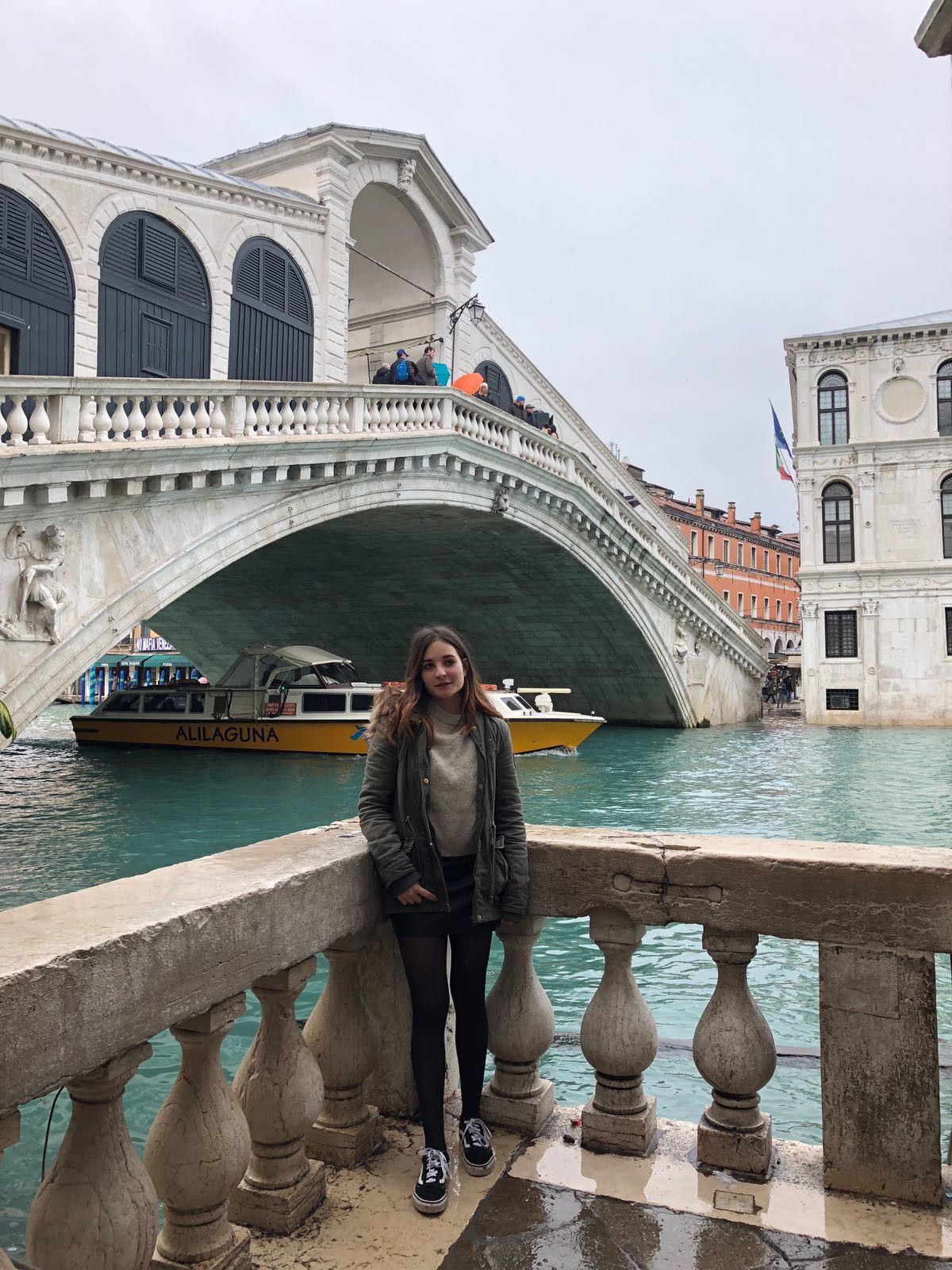
Next to this bridge is Venice's best shopping district, the Rialto Market. This market sells fresh fruit and vegetables as well as fish. This area bustles in the morning. It's worth passing through because it's such a colorful market. Nowadays it's one of the few that remain in this part of the city, because over time the population has left the city centre due to mass tourism.
Piazza San Marco
This post couldn't not mention the city's most famous square. It's located in the city centre. On one side, there's St. Mark's Basilica (which I'll talk about later) while its other three sides are full of arcades There are also other buildings, such as the Ducal Palace, the Clock Tower and the Campanile. You see, in ancient times the political and administrative life developed mainly around here.
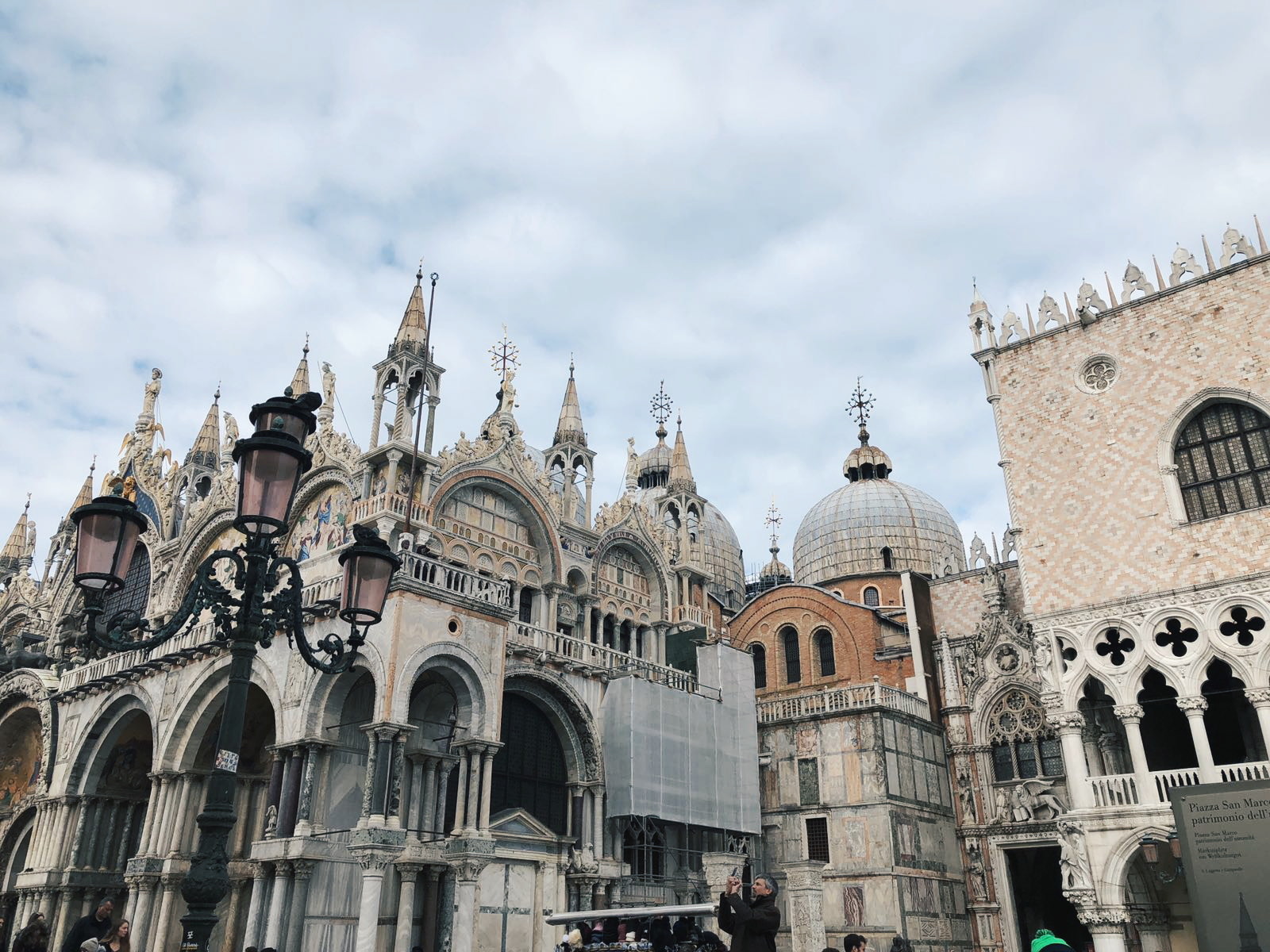
In addition to all these important buildings, there are < strong>numerous cafes and restaurants around the square which sell there good at extortionate prices, prices that most mortals can't afford.
Piazza San Marco is situated on one of the lowest parts of the city. For this reason, it is often one of the first places to flood when the phenomenon known locally as Acqua Alta. It's common to see tourists wearing walking around with waterproof boots on when this happens. We were quite lucky and were able to visit without such problems, in fact the weather was very good.
Something very characteristic of this square is the number of pigeons on the lookout for food. They're so used to tourists that if you offer them food from your hand, they'll perch on you no problem.
Basilica San Marco
This basilica is the religious centre of Venice and is one of the city's iconic monuments. It was built in 828 with the aim of housing the remains of San Marcos.
Entrance to the basilica is free, however, you'll have to pay for a ticket to visit the Tesoro, St. Mark's Museum and the Pala d'Oro. The biggest drawback is that you have to queue a long time to get in, so it's advisable to book a specific date and time on the internet even if you have to pay 2 euros.
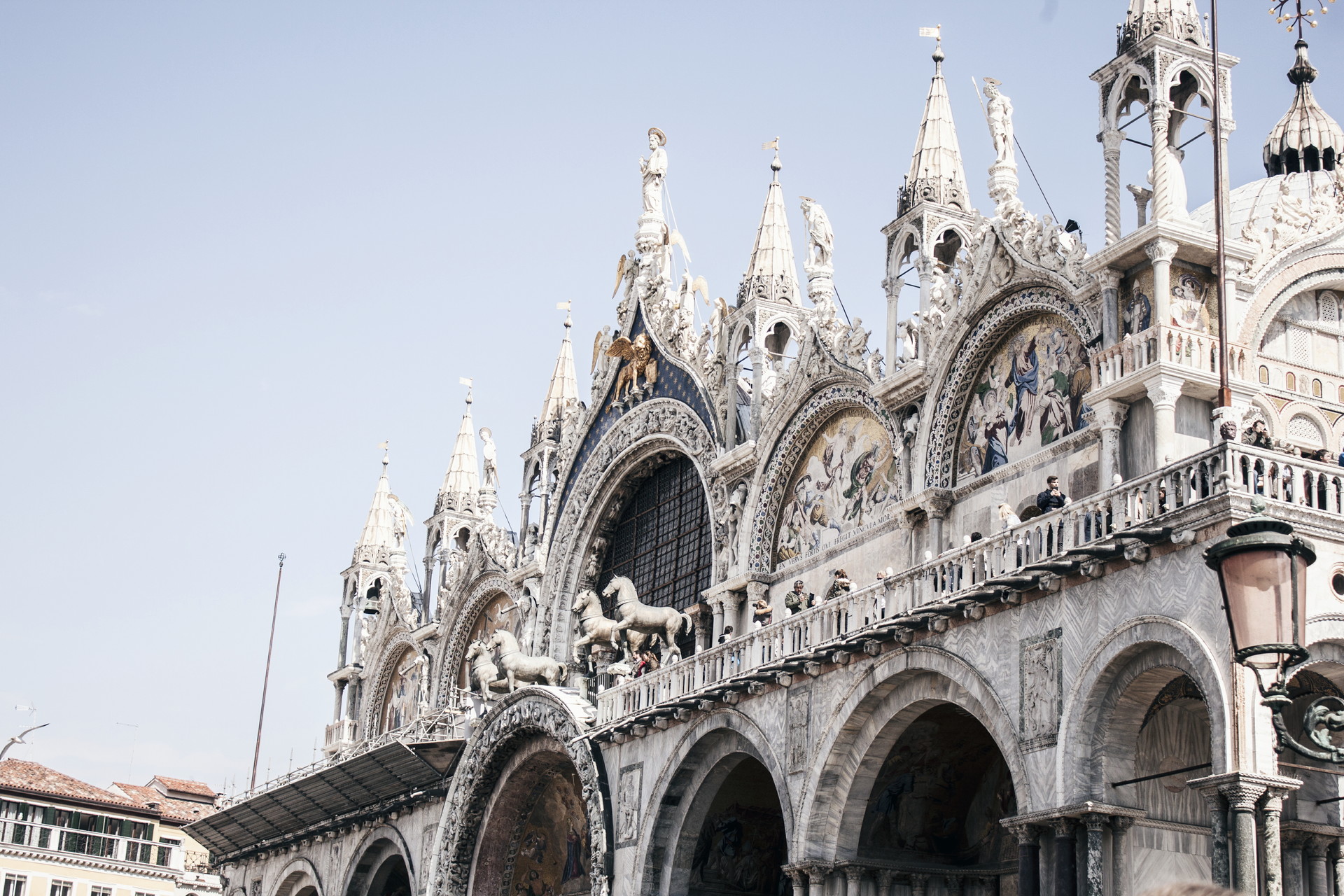
St Marks Campanile
This is the brick tower that stands out in the Square. In fact, it's the tallest building in the whole city. It was built in the 16th century, but in reality the current tower is just over 100 years old as the previous one was destroyed.
From the top of this tower you can see one of the best views of the city. You have to pay 8 euros.
Basilica of San Giorgio Maggiore
This basilica can be seen from the banks, it's very close to Piazza San Marcos. It's situated on a small island called the island of St. Giogio Maggiore, hence the name of the Basilica. This masterpiece is in turn part of a monastery with the same name in which you can find works by Tinttoretto, some as important as The Last Supper.
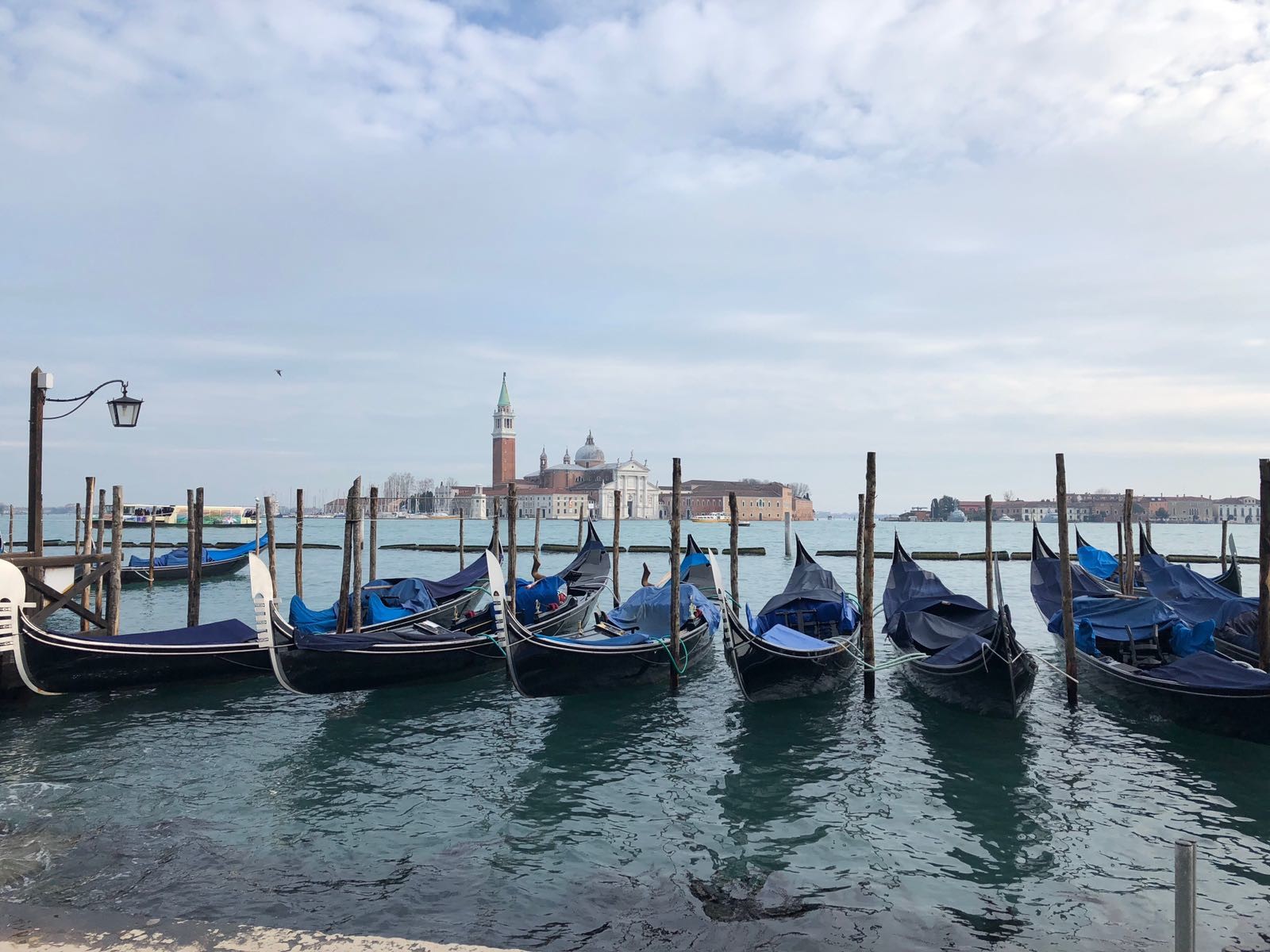
Ducal Palace
Construction started on this Gothic-style palace, which in the past functioned as a prison, in the 9th century. However, the palace we can visit today is much later, belonging to the 15th and 16th century.
It's possible to visit inside by paying an admission fee of 19 euros per adult. We didn't do it ourselves, but it's highly recommended because its interior is even more interesting than its exterior. It also lets you visit rooms like the torture chamber and even cross the famous Bridge of Sighs, which is inside, to get to the prison. In fact, this bridge is the only way to get to it.
This palace also has large queues to get in, so, again, it's advisable to book in advance.
Visiting hours are from 8:30 to 19:00 every day, except from April to October, when it opens until 21:00 and 23:00 on weekends.
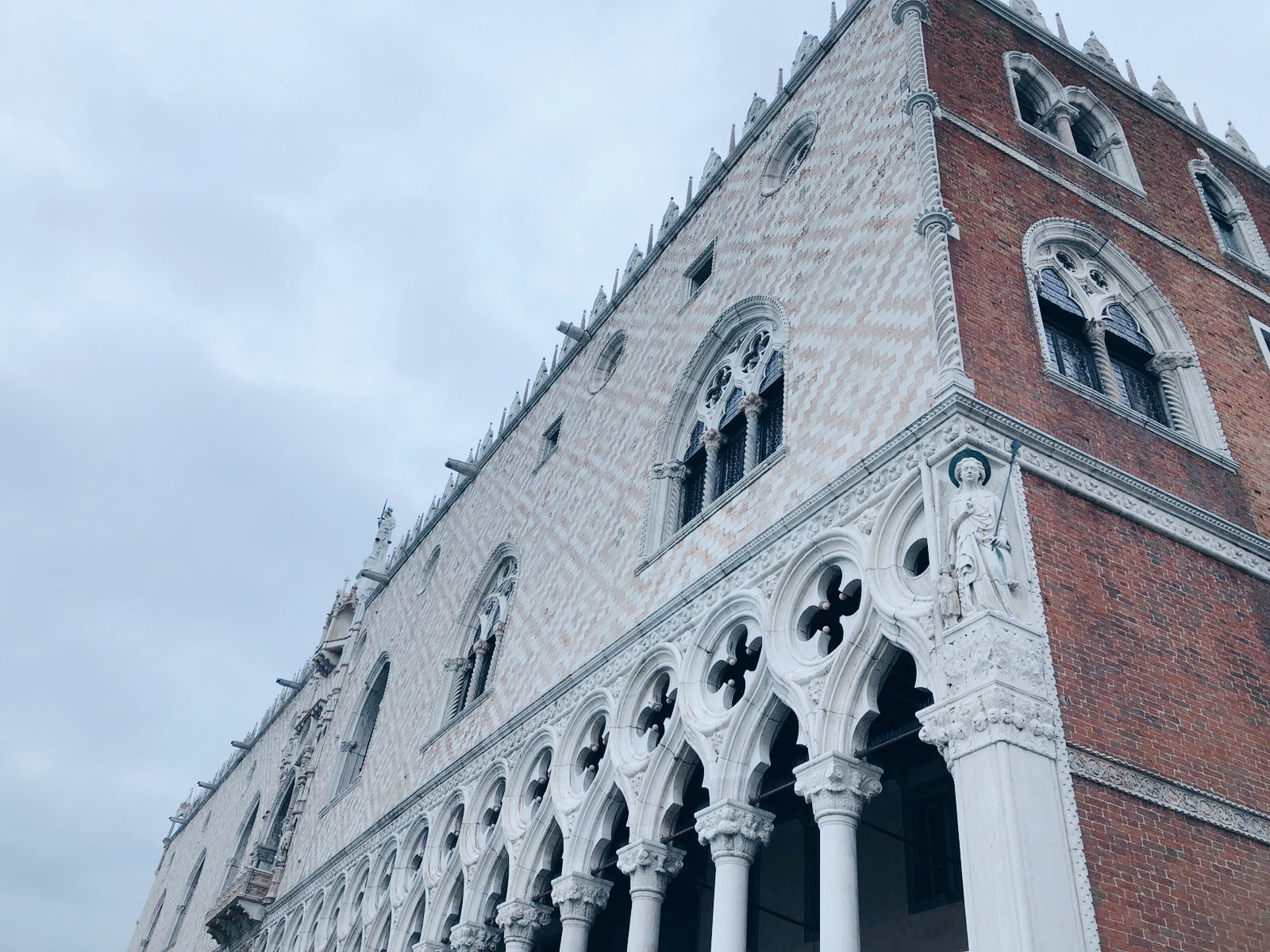
Bridge of Sighs
As I said, this bridge joins the Ducal Palace with the former Piombi prison. It's located just behind the Piazza San Marcos and is one of the most special corners of the city, although it's also one of the most popular.
But if anything draws attention to this bridge, it's its name. Why is it called The Bridge of Sighs? Well, they say that as prisoners passed along here before entering the prison, they would sigh at the realisation that this would be their last moments of freedom, because it was unlikely they would ever get out again.
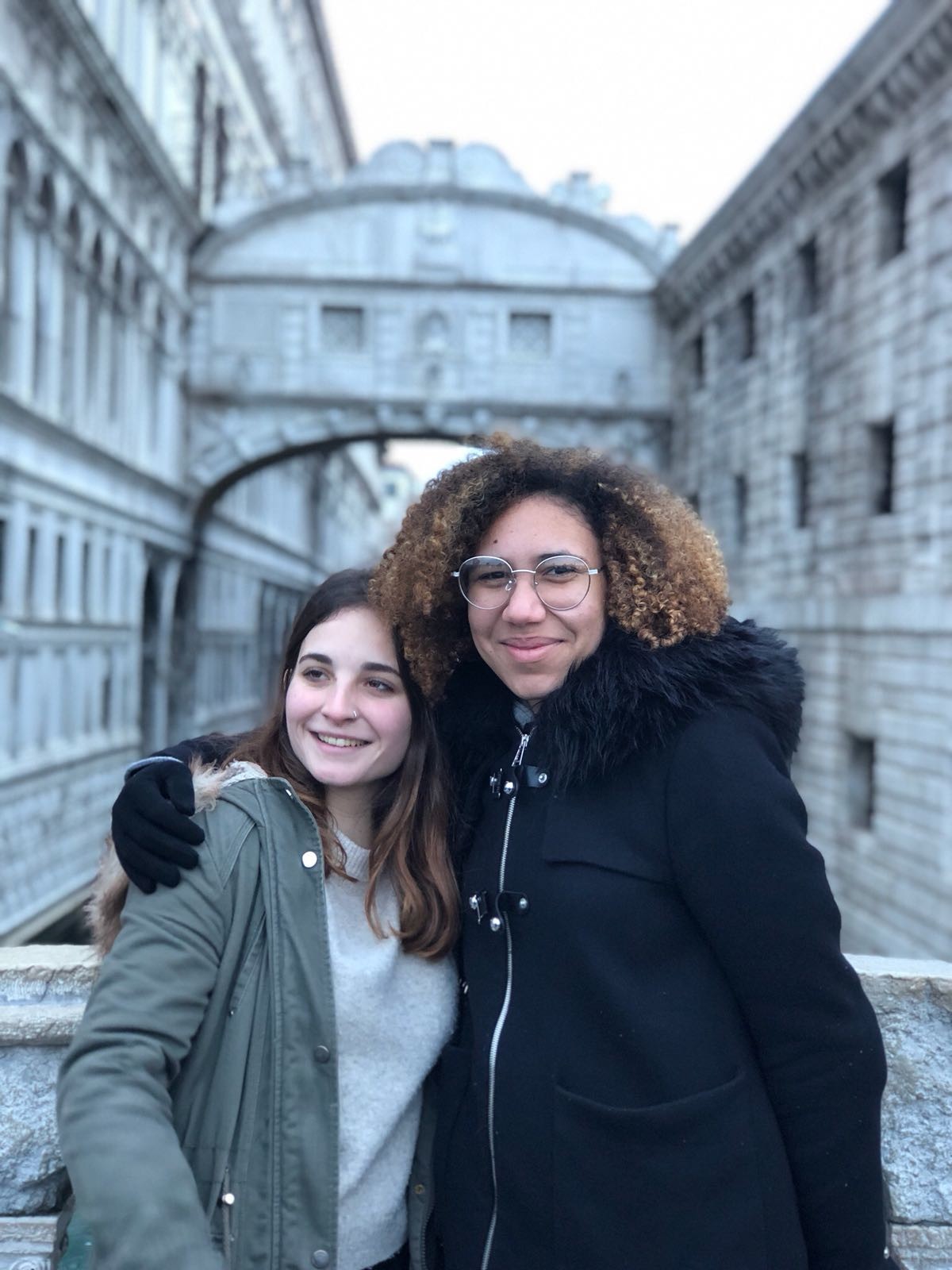
Ponte dell'Accademia
This bridge also offers beautiful views of the Grand Canal, and is usually quite less saturated with people than the famous Rialto bridge, that's one of its positive attributes.
Dorsoduro
This area of Venice has a unique charm, as it's here you'll find the Basilica de Santa Maria della Salute. What's more, it's an area with a great student atmosphere and, as such, it's where you'll find most of the cities university buildings.
As for Salute, it's located at the entrance to the Grand Canal and stands out due to its large dome, which can be seen from different parts of the city. There's free entry.
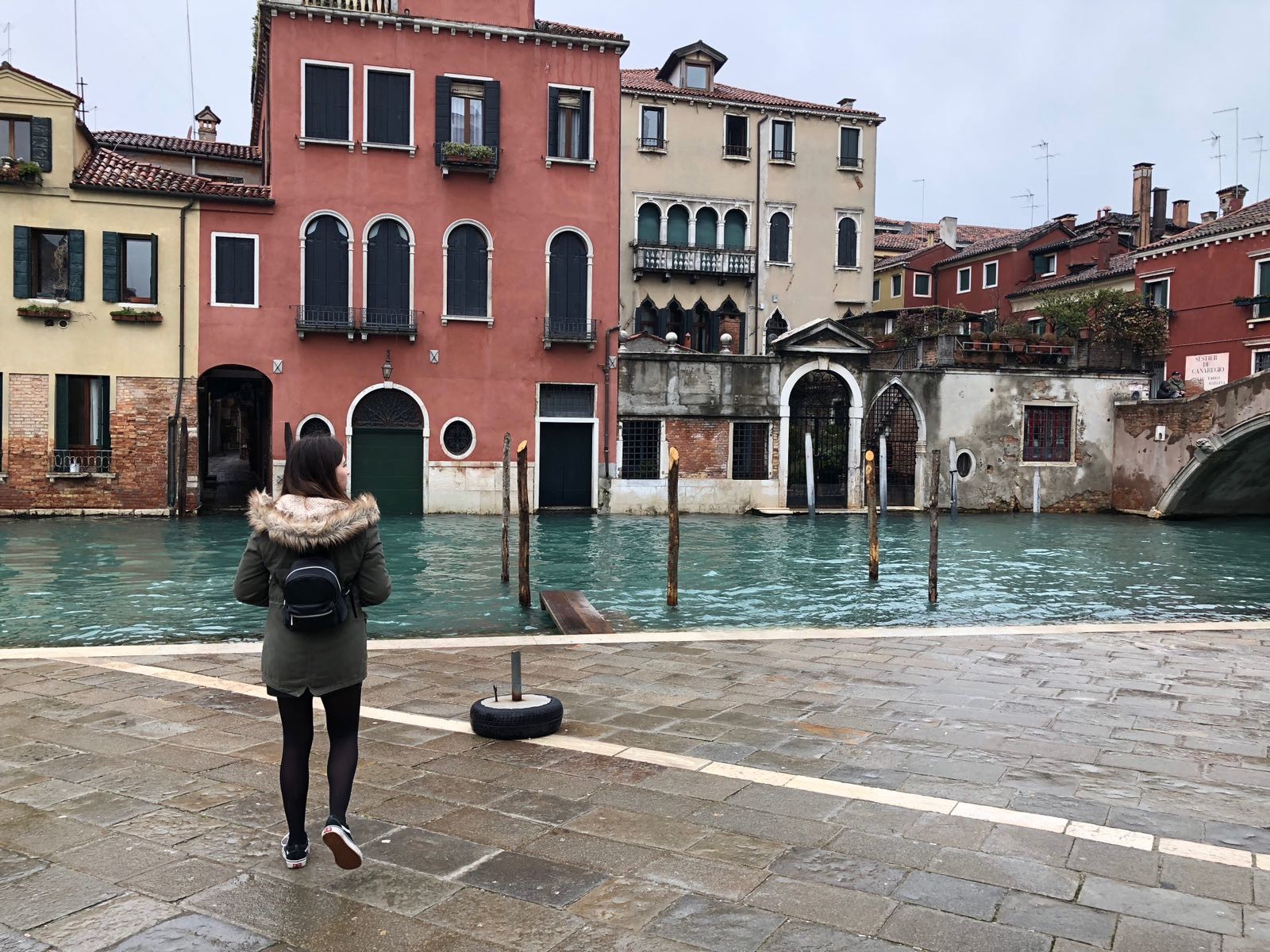
The Acqua Alta Bookstore
Due to the Acqua Alta phenomenon, many stores are flooded when the water rises. The strange thing about this bookstore is that, in order to preserve its books and protect them from the water, they've decorated the entire store with gondolas and bathtubs. This makes it one of the strangest bookstores that not many people know about yet.
To conclude, like I said before there are many other places to visit in the city, although I could only dedicate 24 hours to it. But if I had to recommend something when visiting this city, it would be wandering around, getting lost and being surprised over and over again. Don't miss the opportunity to see the city at night, because it's a completely different experience.
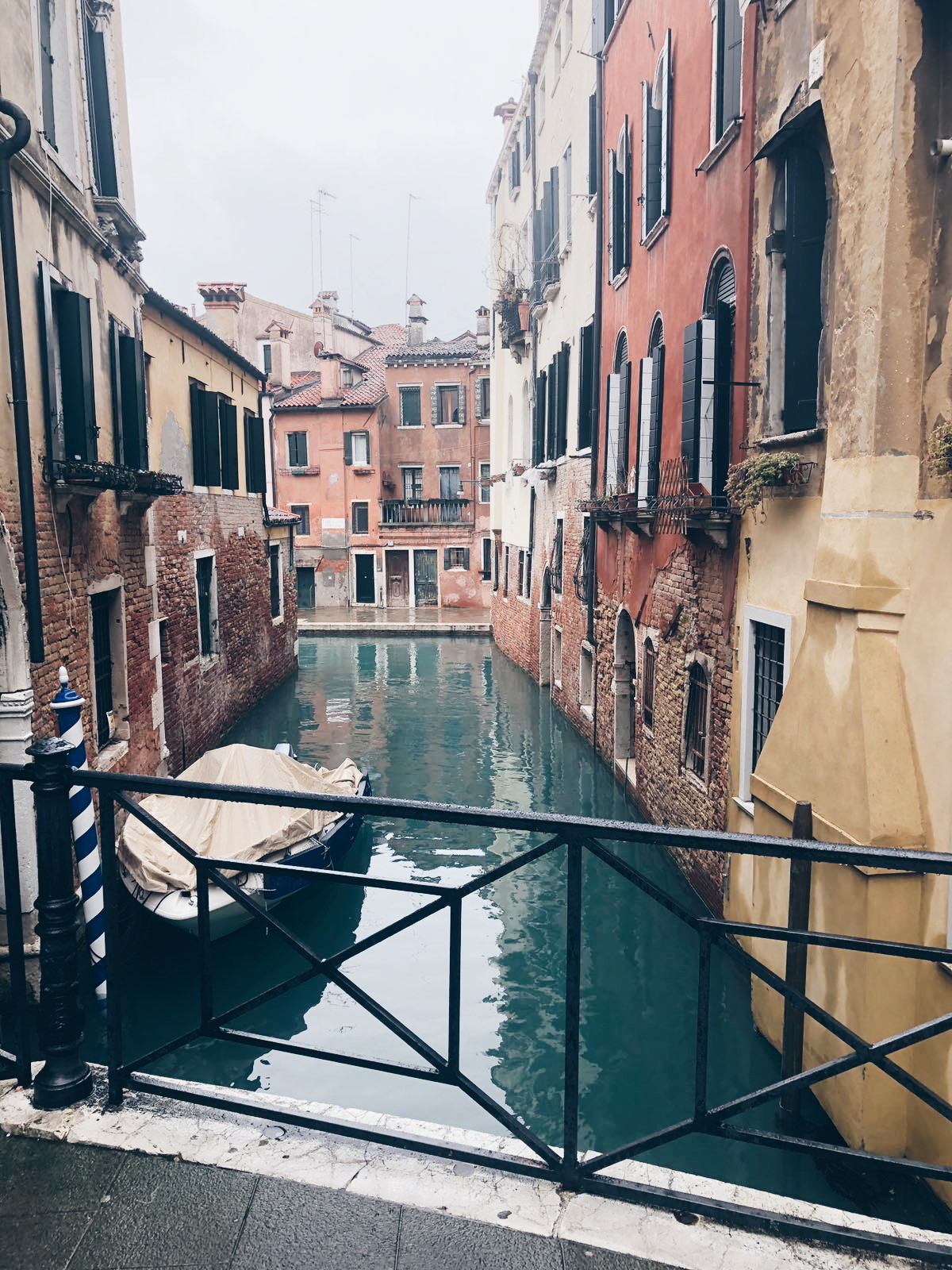
If you still have some time to spare and you want to visit somewhere on the outskirts of Venice, the islands of Burano, Murano and Torcello are the most important in the city and each one is characterised by something in particular: Burano for its strikingly coloured buildings, Murano for its glass and Torcello for being the oldest part of Venice.
Photo gallery
Content available in other languages
- Español: Qué ver en Venecia en un día
- Italiano: Cosa vedere a Venezia in un giorno
- Français: Que voir à Venise en une journée
Want to have your own Erasmus blog?
If you are experiencing living abroad, you're an avid traveller or want to promote the city where you live... create your own blog and share your adventures!
I want to create my Erasmus blog! →




























Comments (0 comments)